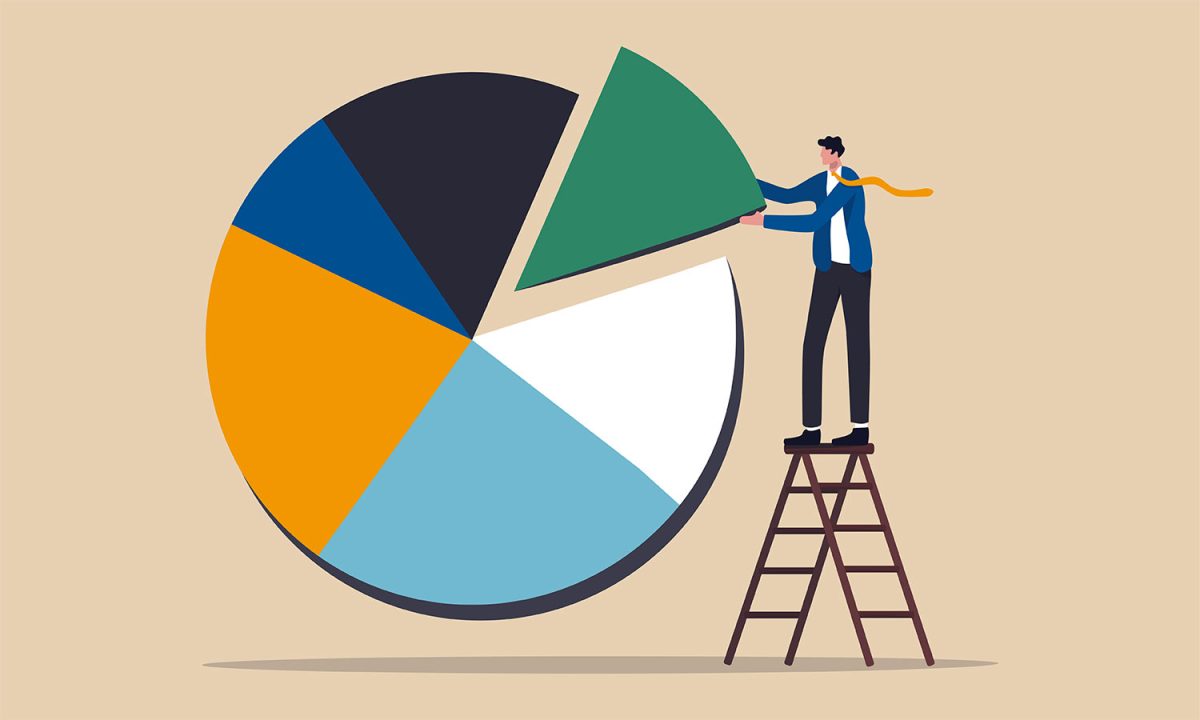I get more questions about bonds than I do about stocks. That’s because many people are initially surprised to find out that bonds move up and down in value until they mature. Why is that? Well, let’s get into it.
There are people who think that investment bonds are a vehicle where you buy a bond and get a certain amount of interest paid to you over a certain period. Well, they’re right. A bond is described as a debt security that pays the bondholder interest that is guaranteed for a fixed period until its maturity and the par (or face) value is repaid at maturity. So, buy a 1-year thousand-dollar bond and you’ll get X amount of interest for 1 year and then at the end of that year, when the bond matures, you get the thousand dollars back. Simple enough in the general sense, but there are many variables and that’s what we’re going to explore today.
As mentioned, bonds move up and down in value, and the number one reason for that is the changes in interest rates. When interest rates are moving up, the price of existing bonds can go down in the secondary market. This is because investors can buy new bonds with higher yields, therefore, they are less willing to buy bonds with lower yields. This relationship between interest rates and bond prices is known as the inverse relationship. In most instances, unless there is a default on the bond, once purchased the bonds will pay the semi-annual or annual interest due, and at maturity pay the bondholder the face value of the bond.
Another reason why bonds fluctuate in value has to do with the changes in the creditworthiness of the issuer. If the issuer’s creditworthiness declines, the value of the bond may also decline.
Given all that, how do you determine which is the right type of bond for you to buy? First, it depends on you, as there are several important factors to consider, which include your investment goals, risk tolerance and time horizon. This is what you need to determine before you buy any kind of bond.
Second, you need to evaluate the bond itself and consider the creditworthiness of the issuer. By evaluating the issuer’s credit rating, you can assess the likelihood of default prior to getting your money back.
Third, what type of bonds should you buy? Well, that depends on who’s issuing the bond and the type of bond it is. Keep in mind that higher-rated bonds generally offer lower yields but they also lower default risk.
Now, let’s look at the various types of bonds you can buy. They include:
1. Corporate bonds, which are issued by corporations and may be considered riskier than government bonds so it’s important to check out the credit rating of the company issuing the bond to determine the risk of the corporate bond you choose to buy;
2. Municipal bonds, which are issued by state and local governments and are most often exempt from state and federal income tax depending on the state where you reside. These bonds are generally considered to be a safe investment;
3. Mortgage bonds, which are backed by a pool of mortgages and can be a relatively safe investment. Mortgage bonds are typically issued by government-sponsored enterprises (GSEs), such as Fannie Mae and Freddie Mac;
4. Treasury Bonds, which are long-term debt securities issued by the government to raise funds for various public projects and obligations. Investors who purchase these bonds are essentially lending money to the government and are very low risk. Treasury bonds are often considered a secure investment option and appeal to individual seeking stable returns.
As mentioned previously, determining a good type of bond that suits your needs depends on several factors, which include your investment goals, risk tolerance, and time horizon, so it’s important to consider the following factors:
Yield: Consider the bond’s yield and compare it with similar bonds. Just know that higher yields can indicate higher risks.
Duration: Assess the bond’s duration, (meaning when does it mature). This measures its sensitivity to changes in interest rates. Longer duration bonds are more sensitive to interest rate changes, meaning their prices can fluctuate more. The main reason you would care about this is if you need the money sooner than when the bond is scheduled to mature, and if you’re in an interest rate environment where the Federal Reserve is raising rates, as we are now, then your bond may be temporarily down in value.
Diversification: Diversify your bond portfolio by investing in different types of bonds such as government, corporate, municipal, or international bonds. This helps spread risk and balance potential.
As you can see, the best type of bond to buy depends on your individual circumstances and investment goals. If you are looking for a safe investment with a predictable income stream, then government bonds may be a good option for you. If you are looking for a higher yield, then you may want to consider corporate bonds or mortgage bonds. However, as noted, these investments can be somewhat riskier, so you should carefully consider your risk tolerance before investing.
To summarize, the factors to consider when determining which type of bond to buy are: Your risk tolerance, or how much risk are you willing to take on; Your investment goals and what you are hoping to achieve with your investment; Your time horizon: how long do you plan to hold the bond and your tax situation. Are you looking for a bond that is tax-exempt?
Once you have considered all these factors, I’m confident you will be able to narrow down your choices and find the best type of bond for you and your personal financial situation. All you have to do is analyze, assess and act!
Rebecca Rothstein works with high-net-worth individuals, families, and institutions, helping them advance their wealth management goals. She began her career as a financial advisor in 1987 at Bear Stearns. She spent 10 years with Deutsche Bank Alex Brown and 13 years with Morgan Stanley Private Wealth Management (formerly Smith Barney) before joining Merrill Lynch. As a Managing Director at Merrill Private Wealth Management, Rebecca focuses on wealth management, tax minimization, and estate planning strategies for affluent clients. She also works with corporate officers, devising liquidity and diversification strategies for concentrated positions. Rebecca has garnered a number of national honors as a financial advisor. Barron’s magazine named her one of the “Top 100 Financial Advisors in America” from 2007 successively through 2012. Barron’s also named Rebecca one of the “Top 100 Women Financial Advisors in America” from the inception of the list in 2006 successively through 2012, profiling her in the 2012 issue. In 2017, Rebecca was recognized by the national publication Forbes, which named her one of “America’s Top Wealth Advisors.” In 2018, 2019, 2020 and 2021, Rebecca was again recognized by Forbes, which named her the #1 of “Top Women Wealth Advisors.” Rebecca is very active in the community. She is the Chairman of the Board and Founder of Teen Cancer America (a global charity founded by Roger Daltrey and Pete Townshend). She is also a Co-Chair of the Childhood Autism Board at UCLA, which helps children who have been diagnosed with autism, developmental disabilities, and behavior disorders, and she is a board member of the UCLA Health System. In her free time, Rebecca enjoys cooking, sailing, and participating in a number of charitable efforts. She has four sons and splits her time between Incline Village, Nevada and Beverly Hills, California with her husband Ron.







